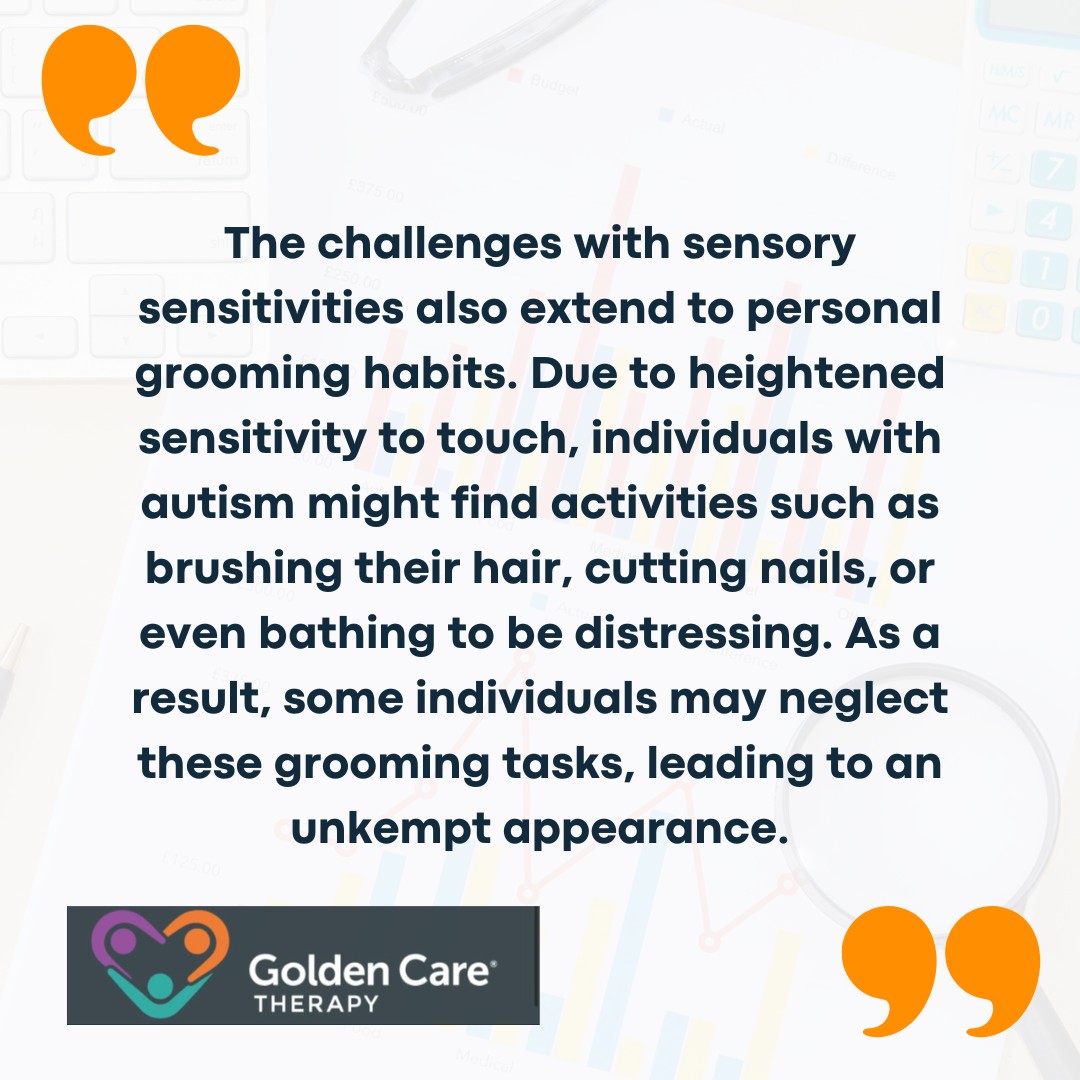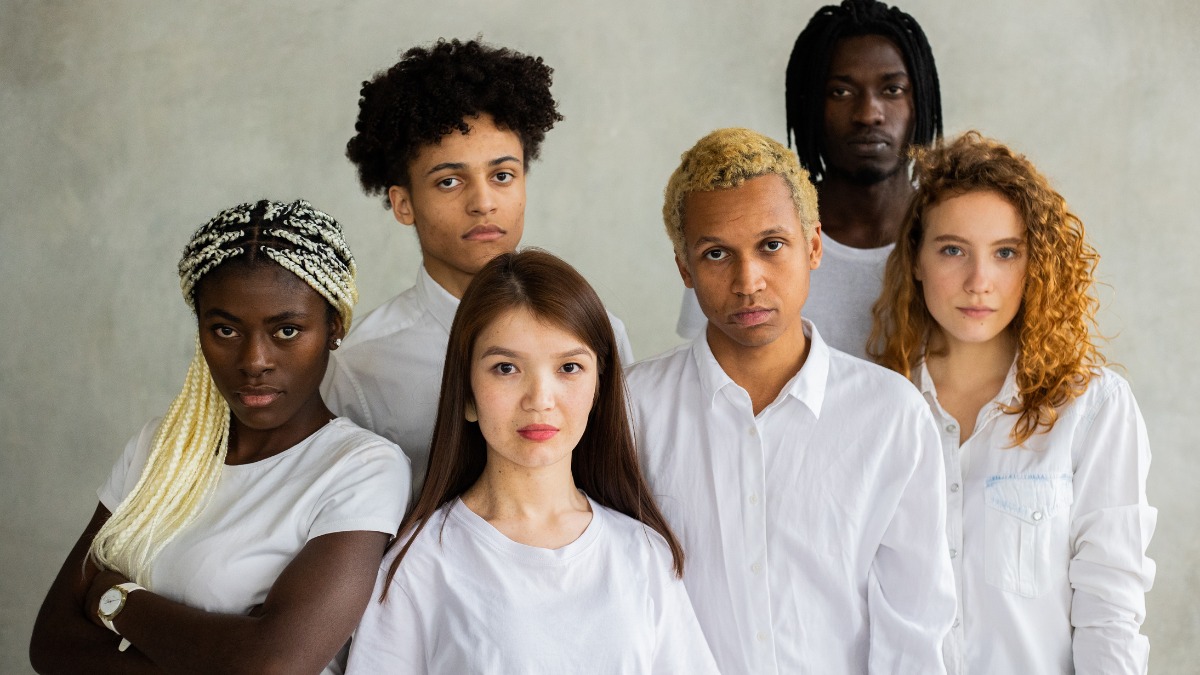One question that often arises among autistic individuals and their families is whether autism has any impact on a person’s physical appearance. While autism itself is not known to directly cause changes in the body’s physical features, certain ASD symptoms and related factors can sometimes lead to changes in appearance.
These can range from behavioral patterns to medical conditions often associated with autism, including sensory sensitivities, sleep disturbances, and gastrointestinal issues.
Does Autism Cause Changes in Appearances?
No, autism does not cause changes in physical appearance. Autism is a neurodevelopmental condition that primarily affects behavior, communication, and sensory processing. While individuals with autism may exhibit unique behaviors, gestures, or facial expressions, these are not related to physical features or changes in appearance.
The condition itself does not alter physical traits like facial structure, height, or other bodily characteristics.
However, some co-occurring conditions, such as Fragile X syndrome or Rett syndrome, may have associated physical traits. In these cases, it’s not the autism causing changes in appearance but rather the underlying genetic condition.
It’s important to differentiate between the two and understand that autism is primarily defined by differences in brain function and behavior rather than physical characteristics.
Sensory Sensitivities and Their Effects on Appearance
Sensory sensitivities are a hallmark of autism spectrum disorder. Individuals with autism may experience heightened or diminished sensitivity to sensory stimuli, including touch, sound, light, and even taste and smell. These sensory challenges can impact various aspects of their daily life, from clothing choices to food preferences.
For instance, many individuals with autism avoid certain fabrics or textures that cause discomfort. This can lead to clothing choices that might not always align with societal norms or trends, which can sometimes affect their appearance.
The discomfort or irritation caused by certain sensory inputs might result in unusual behaviors, such as constantly touching their face or adjusting their clothing.

Additionally, some children or adults with autism may have difficulty understanding social cues related to appearance. This can lead to behaviors that affect their physical presentation, such as wearing the same clothes repeatedly or avoiding clothing changes.
Gastrointestinal Issues and Physical Changes
Gastrointestinal (GI) issues are more common in individuals with autism than in the general population. Conditions like constipation, diarrhea, and stomach pains can significantly affect an individual’s well-being and, in some cases, their physical appearance.
For example, chronic gastrointestinal distress can cause bloating or weight fluctuations, which can change how a person appears physically.
That said, GI issues in autism can also affect eating habits and nutrition. Some individuals with autism experience food aversions, leading to a limited diet that might lack essential nutrients. This can result in weight loss or poor growth, which may be noticeable in a person’s appearance.
Alternatively, some individuals might have an obsession with certain foods, leading to unhealthy weight gain or difficulty managing their diet.
In either case, these health concerns can contribute to changes in appearance that are linked more to underlying health issues than autism itself.
Repetitive Behaviors and Their Influence on Appearance
Repetitive behaviors, such as hand-flapping, rocking, or repetitive vocalizations, are common among individuals with autism. While these behaviors are typically rooted in a need for self-regulation or stimulation, they can sometimes have an indirect effect on appearance.
For example, hand-flapping can cause frequent movement that might result in visible physical changes, such as muscle development or changes in posture.
Additionally, the manner in which a person with autism moves or interacts with their environment might lead to them being perceived differently. Individuals who engage in repetitive behaviors may have less social interaction, and this can sometimes lead to less attention to personal appearance or grooming.
Repetitive behaviors can also affect posture and body language. For instance, some individuals with autism may display unusual postures due to a lack of motor coordination or because of a preference for certain repetitive movements.
These behaviors, while not inherently harmful, can affect how a person’s body appears. For example, poor posture or uneven movements might be perceived as physical traits that differ from typical development.

Autism and Genetic Factors
There is growing evidence that autism has a genetic component, with certain genetic mutations or inherited traits contributing to the development of the disorder.
However, it is important to note that while some genetic conditions associated with autism might affect physical characteristics, autism itself is not a disorder that directly causes changes in appearance.
For example, some individuals with autism may have co-occurring genetic conditions, such as Fragile X syndrome, that do have distinct physical features. These conditions may cause physical traits like a longer face or larger ears, which could be perceived as linked to autism, even though they are the result of a different condition.
While genetics can influence appearance, it’s important to differentiate between features that arise from autism and those that stem from other genetic factors. In many cases, the physical traits of an individual with autism will be more influenced by their genetic background rather than the autism itself.
The Bottom Line
While autism does not directly cause changes in appearance, there are several indirect factors associated with the disorder that can influence how an individual looks. Sensory sensitivities, medical conditions, repetitive behaviors, and social challenges can all play a role in shaping appearance.
However, it’s essential to understand that these factors are not a result of autism itself but are often side effects of the various aspects that come with living with the disorder.
It is also crucial to remember that every individual with autism is unique, and their experiences and appearance will vary. Rather than focusing on physical changes, it is important to appreciate the diverse ways in which autism manifests and to focus on supporting individuals with autism in a way that fosters their overall well-being and development.
Autism may not directly cause changes in physical appearance, but it can certainly influence an individual’s physical traits in various ways. At Golden Care Therapy, we provide high-quality ABA therapy tailored to every individual’s unique needs.
Our autism services in New Jersey, Indiana, New York, Georgia, and Florida are designed with compassion and expertise to help children and families thrive. Reach out to us today to learn how we can support your journey.



